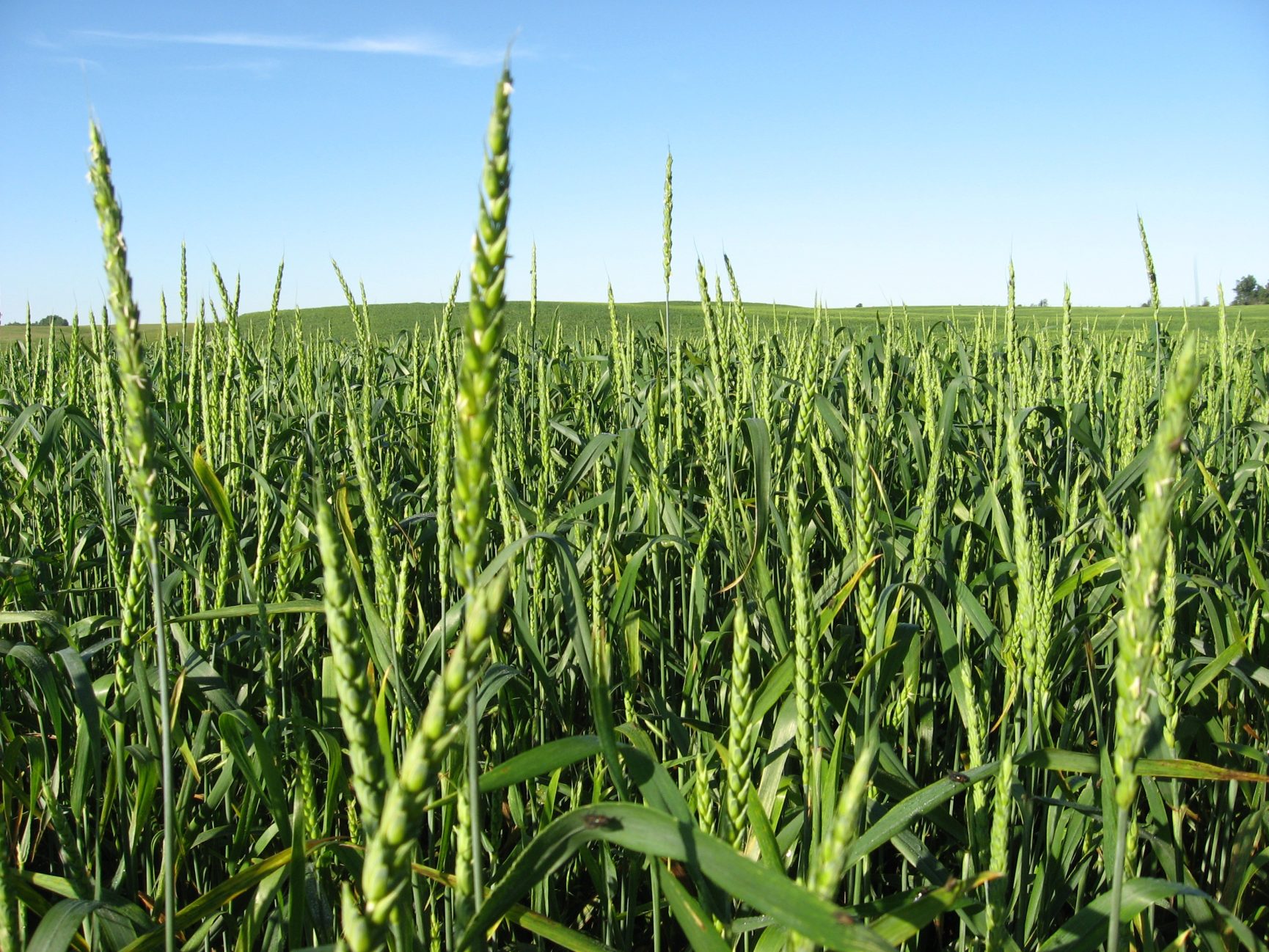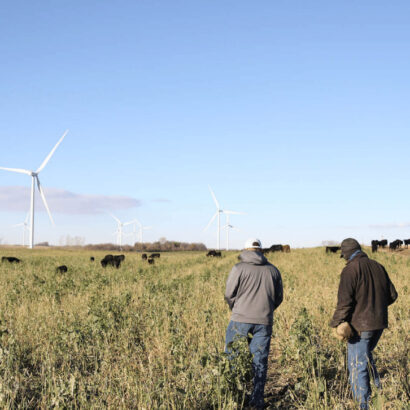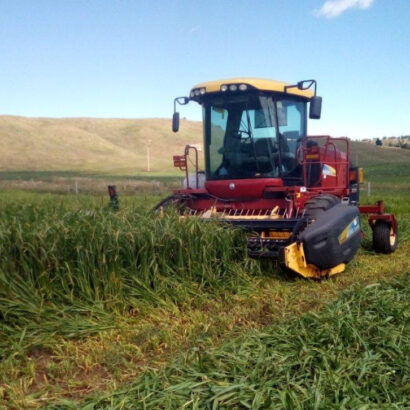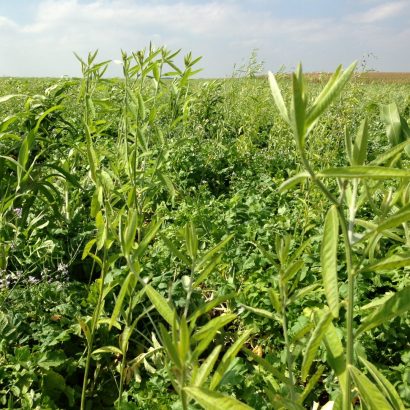Are you looking for a viable option to low commodity prices, while utilizing revenue per acre? If so, small grains crop like oats, wheat, or rye might be an option for you.
Small grains are adaptable to multiple-cropping systems and under a variety of soil climates, making it a convenient product to meet the needs of numerous operations. Commonly used as forage, feed, bedding, and cover, small grains are a valuable tool to meet the goals of your operation.
Decrease Input Costs
Small grains can be purchased at a lower price, decreasing starting input costs. Once the crop is in the ground, you have the potential to meet bedding needs for cattle, as well as double-cropping small grains and a cover crop to stretch your grazing days. Farms that use small grains can also see profit the following year by investing less on fertilizer and herbicides on next year’s crop.
Improve Soil Health
Adding diversity into your crop rotation with small grains creates a larger window for a cover crop planting option. Planting a diverse mix of crops improves soil microbe count and has been shown to use less energy, reduce erosion, and improve soil and water quality all while maintaining yield.
When planting traditional rotations, cropland often stands open for months, exposing it to erosion. Adding a rotation of small grains prevents erosion, keeps nutrients in the soil, stores carbon, and prevents excess pollution into waterways during slow months of the year. Equally important, keeping the soil healthy, maintains healthy plants and later, healthy animals.
A sample rotation might include corn interseeded with a cover crop, followed by soybeans, and then oats with cover crops put in after the small grain harvest.
Lighten Workloads
Small grains are planted and harvested at different times as cash crops, often the fall before or early spring. As small grains can be handled at a low point in work, you can spread out planting and harvesting times, making it easier on labor. Additionally, the extra work and money in fertilizer and herbicides on the crop following small grains will be decreased.
Make the Most of Small Grains
When deciding which small grain to plant, choosing the right variety matters. Drill small grains in the fall and early spring, and do not cut corners. Although this is a cheaper option than traditional corn or soybeans, it does not mean you can skip out on other needs.
By planting a small grain at a lower starting cost, you can double crop to gain more revenue per acre, while adding diversity to your soil, preventing erosion, and preventing pollution to waterways. Utilize your dollar per acre, and better your cropland and bottom line with this viable option to low commodity prices.




Discussion
0 Comments